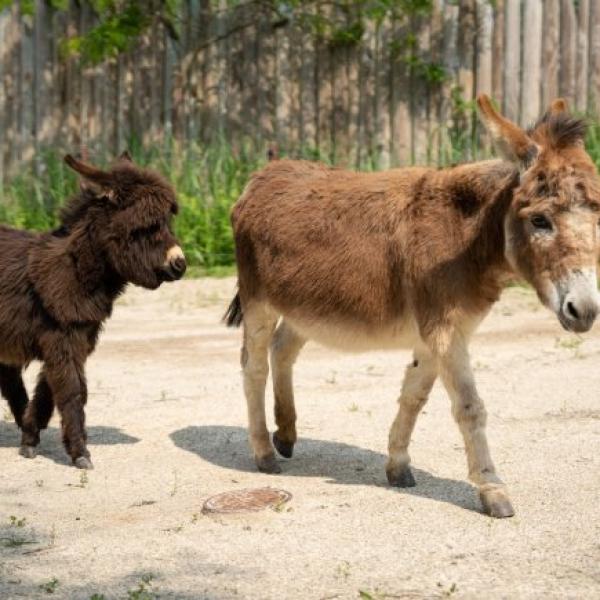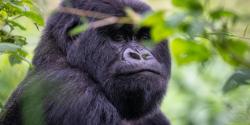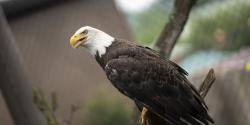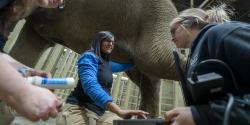A member of the horse family, the domestic donkey’s ancestors are the Nubian and Somalian subspecies of African wild ass. Donkeys were domesticated in Africa over 5,000 years ago and are used primarily to pull carts and act as pack animals in many parts of the world.
Miniature donkeys originated naturally on the Mediterranean islands of Sardinia and Sicily. At the Columbus Zoo, miniature donkeys are ambassadors for their wild and domesticated counterparts.
Scientific Name: Equus asinus
Conservation Status:
Size: Height between 43 and 45 in. at the withers; miniature donkeys are no taller than 36 in.
Weight: 400 to 500 lbs.; miniature donkeys weight between 200 and 400 lbs.
Median Life Expectancy: 25-33 years









